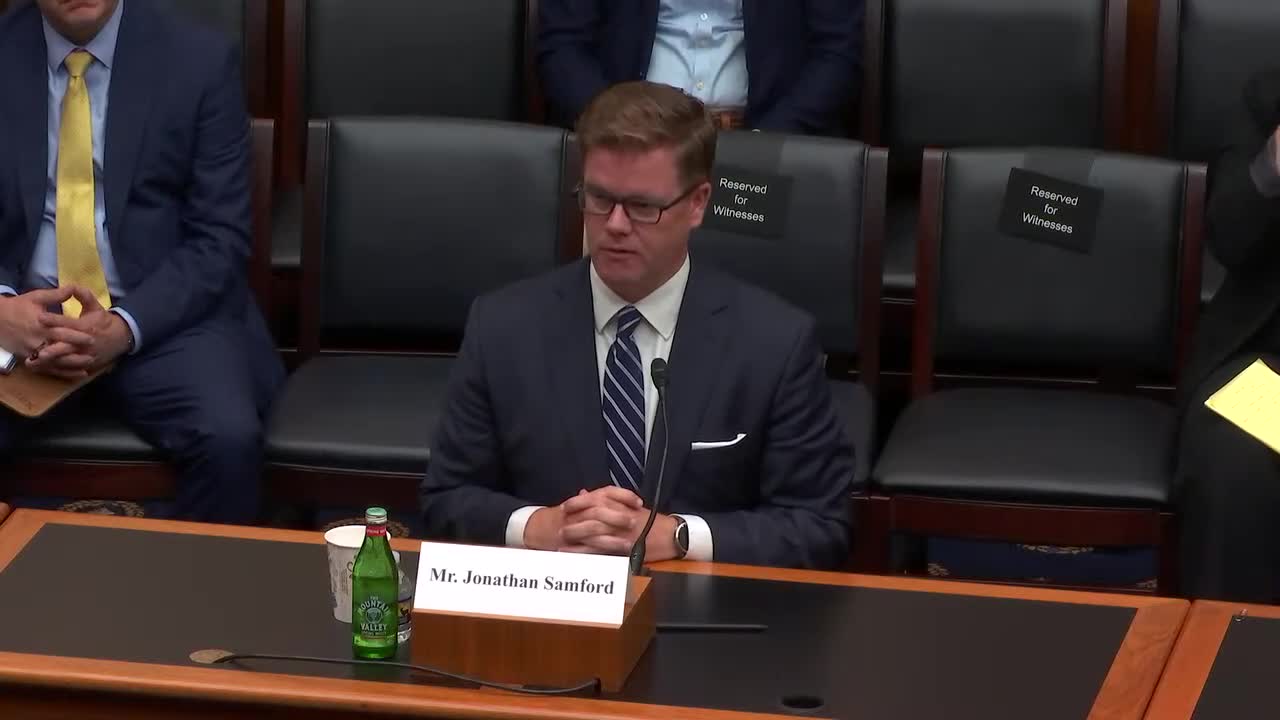
This article was created by AI using a video recording of the meeting. It summarizes the key points discussed, but for full details and context, please refer to the video of the full meeting. Link to Full Meeting
A key point made during the meeting was the competitive disadvantage faced by U.S. investors compared to state-backed competitors from China and the Middle East, who do not face similar restrictions. Congressman Williams highlighted that these constraints could force American investors to withdraw from global markets, allowing foreign entities to fill the void and potentially shape technology ecosystems according to their own values.
Experts, including Mr. Ricehouse, emphasized that the current rules do not adequately consider the costs associated with compliance, which could hinder U.S. competitiveness. They warned that as American firms pull back from international investments, authoritarian regimes could gain greater influence over global tech standards and practices.
The discussion underscored the importance of reevaluating the outbound investment framework to ensure that U.S. businesses can remain competitive while also projecting American values in foreign markets. As the global economy becomes increasingly competitive, the implications of these policies could significantly impact the future of U.S. investment and influence abroad.
Converted from U.S. Policy on Investment Security (EventID=118489) meeting on July 17, 2025
Link to Full Meeting
Comments
View full meeting
This article is based on a recent meeting—watch the full video and explore the complete transcript for deeper insights into the discussion.
View full meeting